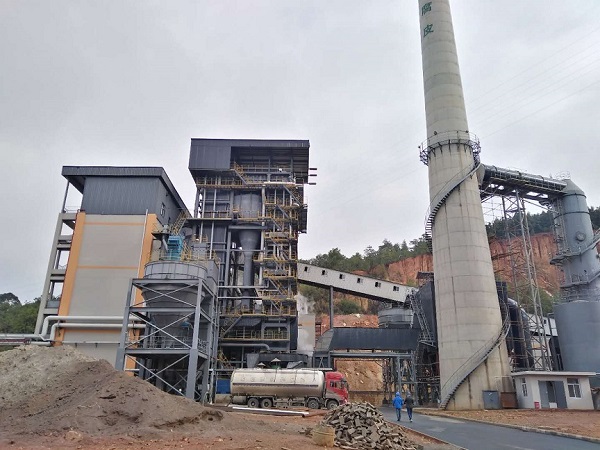Guide: The nominal evaporation capacity of the waste heat boiler is the evaporation capacity under your given parameters. In fact, due to the limitation of site conditions, the actual evaporation capacity of the equipment is still different from the design evaporation capacity.
The nominal evaporation capacity of the waste heat boiler is the evaporation capacity under your given parameters.
Actually, due to the limitation of site conditions, the actual evaporation capacity of the equipment is still different from the design evaporation capacity.
For ordinary boilers, it is the rated evaporation; for waste heat boilers, it is the nominal evaporation.

The heat emitted by the flue gas = (flue gas inlet enthalpy value x inlet temperature-outlet enthalpy value x outlet temperature) x flue gas volume
The method of calculating equipment evaporation is as follows:
1. Know the amount of flue gas and the inlet and outlet temperatures, and you can get the heat emitted by the flue gas per hour after passing through the waste heat boiler;
2, you need to know the feed water temperature and steam outlet temperature of the equipment, so that the heat absorbed by the equipment per kilogram of working fluid can be obtained;
The amount of steam produced by a steam boiler per hour is called evaporation, also called "output" or "capacity". It is represented by the symbol "D", and the commonly used unit is t/h.
Evaporation capacity is divided into rated evaporation capacity, economic evaporation capacity and maximum continuous evaporation capacity.
(1) Rated evaporating capacity The evaporating capacity per hour specified when using the fuel specified in the design and ensuring the efficiency under the rated steam pressure, rated steam temperature, and rated feed water temperature. The evaporation capacity indicated on the metal nameplate of the boiler product is the rated evaporation capacity of the equipment.
(2) Economic evaporation capacity In continuous operation, the evaporation capacity when the efficiency is high is called economic evaporation capacity. The economic evaporation is about 75% to 80% of the rated evaporation.
(3) Maximum continuous evaporation The maximum continuous evaporation that can be met during long-term continuous operation under the conditions of rated steam parameters, rated feed water temperature and use of the designed fuel is called the maximum continuous evaporation. At this time, the efficiency of the waste heat boiler will be reduced, so it should be avoided as far as possible to operate under the largest continuous evaporation capacity.




























